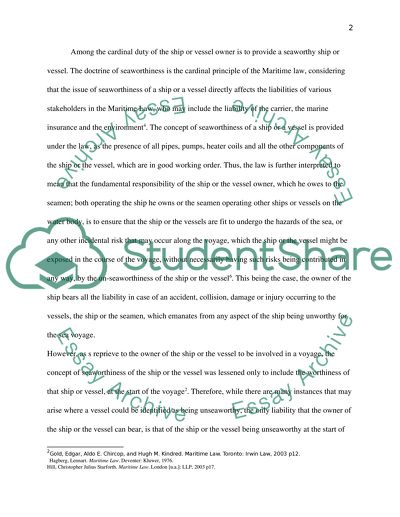Cite this document
(“Maritime law Coursework Example | Topics and Well Written Essays - 1000 words”, n.d.)
Maritime law Coursework Example | Topics and Well Written Essays - 1000 words. Retrieved from https://studentshare.org/law/1475525-maritime-law
Maritime law Coursework Example | Topics and Well Written Essays - 1000 words. Retrieved from https://studentshare.org/law/1475525-maritime-law
(Maritime Law Coursework Example | Topics and Well Written Essays - 1000 Words)
Maritime Law Coursework Example | Topics and Well Written Essays - 1000 Words. https://studentshare.org/law/1475525-maritime-law.
Maritime Law Coursework Example | Topics and Well Written Essays - 1000 Words. https://studentshare.org/law/1475525-maritime-law.
“Maritime Law Coursework Example | Topics and Well Written Essays - 1000 Words”, n.d. https://studentshare.org/law/1475525-maritime-law.


